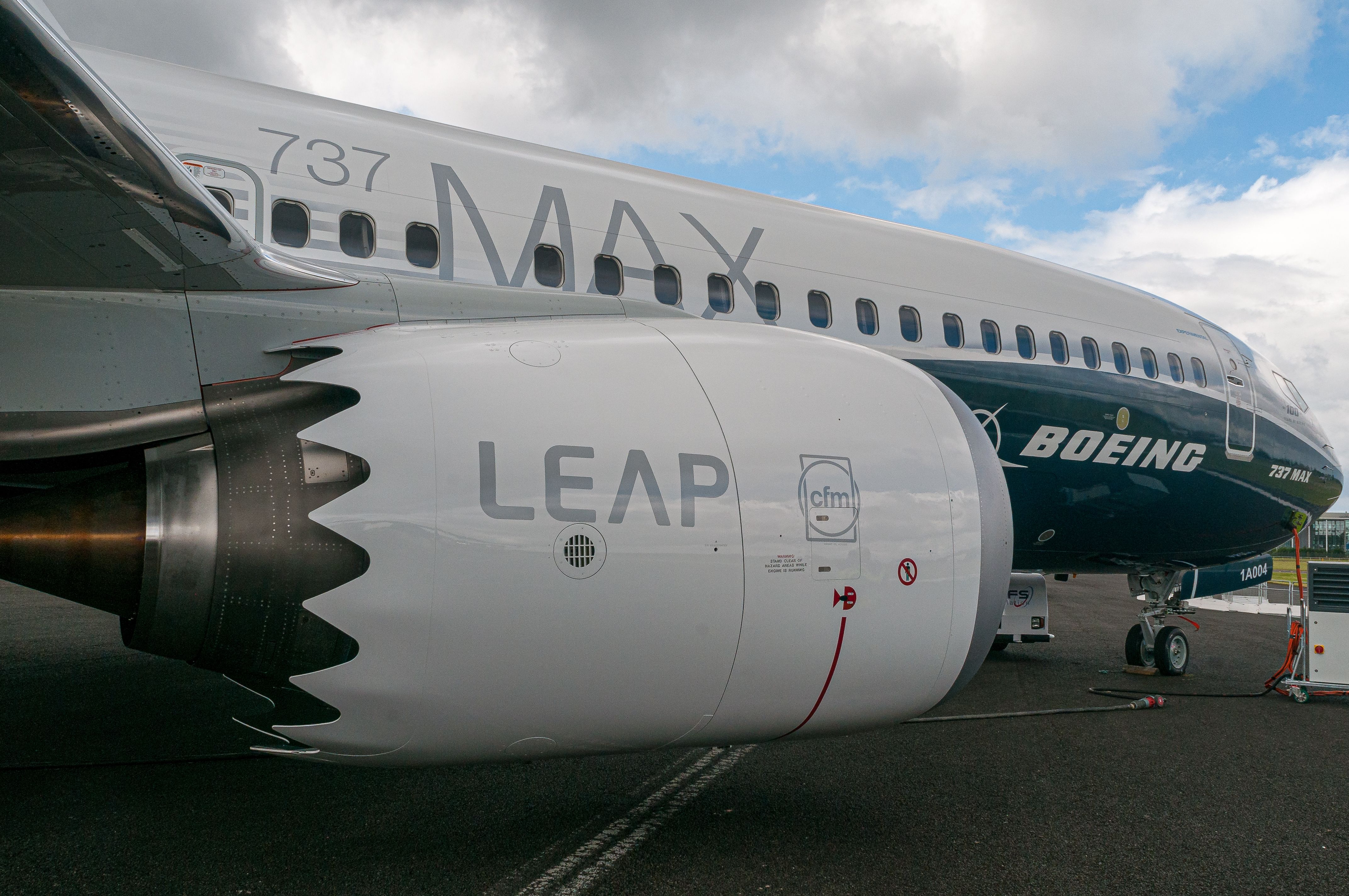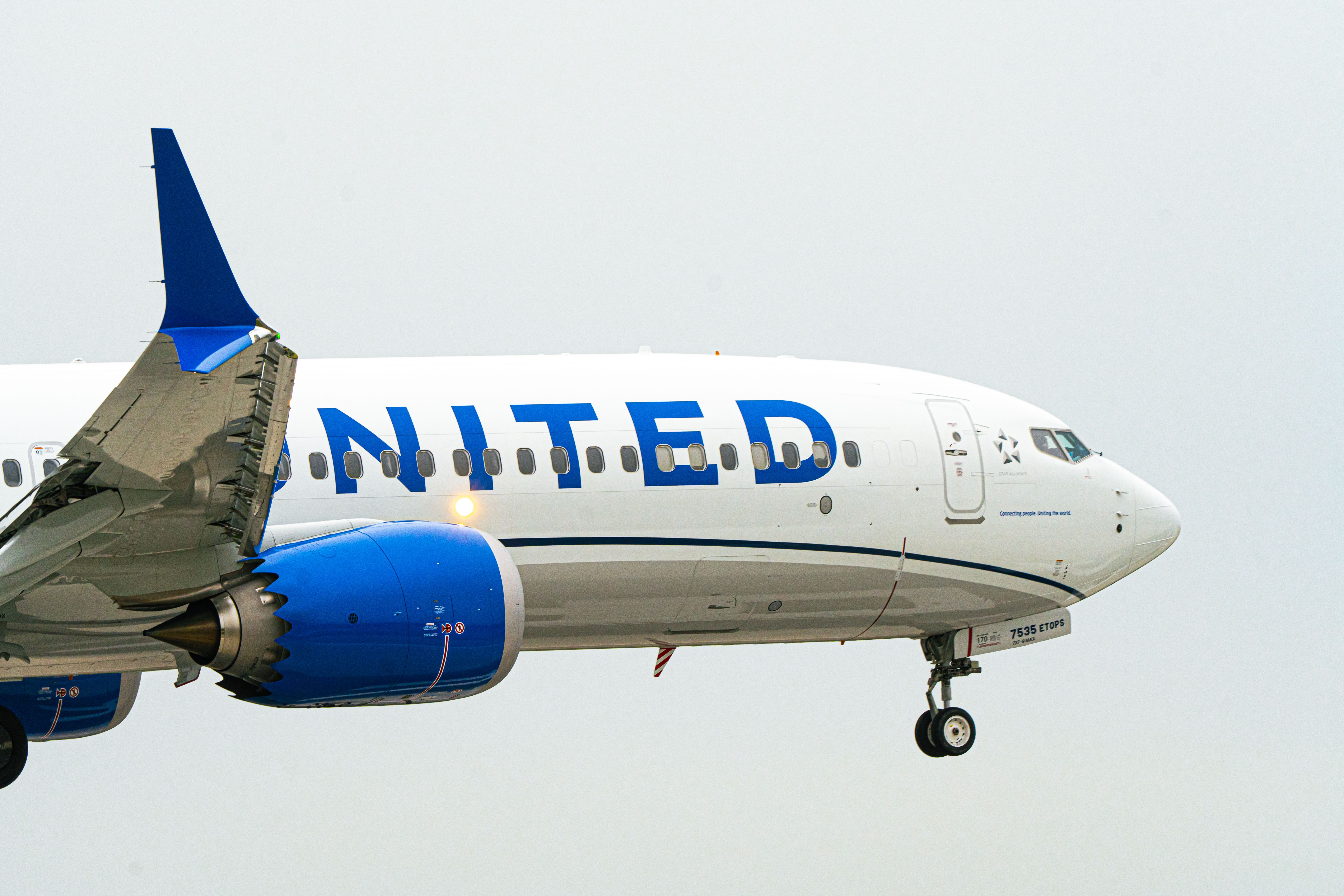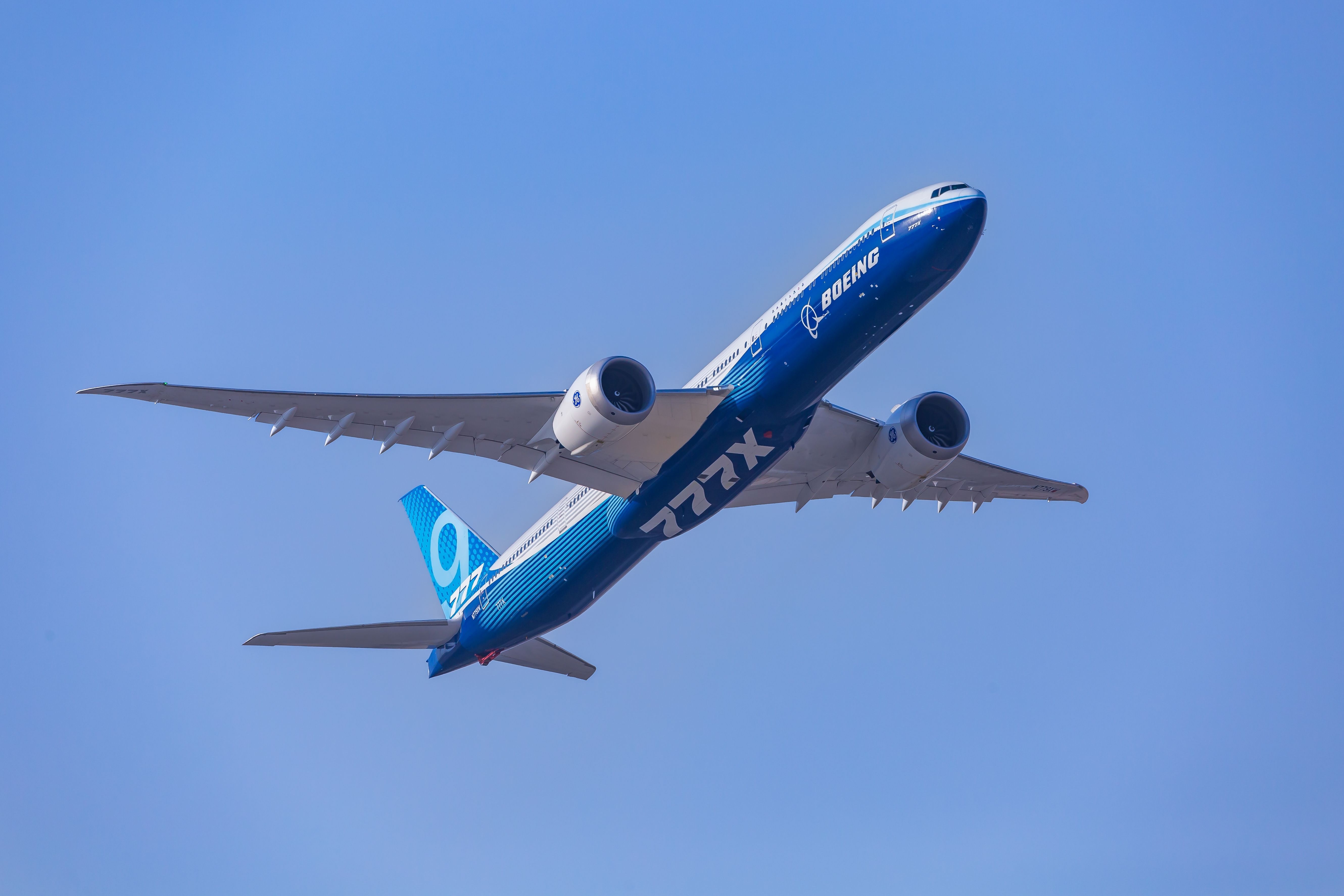Although they may not have been much in attendance at airports for the past few years, the number of 737 MAX in the skies and on runways across the world is slowly but steadily rising. One way you can tell the Boeing 737 MAX from its non-MAX siblings is by the 'teeth' on the rear of its engines. These are also found on a couple of Boeing's other latest-generation widebody jets, such as the 787 Dreamliner and the 747-8. But why are they there?
Boeing announced the new series of its hugely popular narrowbody family, the 737 family of jets, in August 2011. The aircraft, undoubtedly the most technically advanced 737 Boeing has ever produced, quickly began racking up orders. The first firm commitment came from launch customer Southwest Airlines in December that same year, for 150 units.
Efficiency gains meant more noise pollution
Much of the selling point was the promise of significant improvements in fuel efficiency of as much as 16% compared to previous-generation aircraft. This operational efficiency was dependent on the larger engines Boeing chose for the MAX, namely the CFM International Leap 1B. However, larger engines mean more noise.
The level of noise aircraft are allowed to produce is regulated by aviation authorities. Furthermore, passengers have become used to a certain level of noise-reduced comfort over the years. Enter the serrations, or chevrons, on the LEAP 1B's engine cowlings.
Developed with NASA and other partners
The real name for these teeth on the engine's nacelle, or engine cover, is, as previously mentioned, chevrons. They are designed to smooth and shape the exhaust airflow coming out of the engines. They help to mix the hot and cold air coming out of the engine, which reduces the turbulence and noise caused by the exhaust
Boeing first trialed the chevron design on its second Quiet Technology Demonstrator. The technology was developed by Boeing, General Electric, and NASA, and initially also saw chevrons placed on the engine exhaust nozzle in addition to the nacelle. While the 747-8 has both sets of chevrons, the 787 and 737 MAX only have the nacelle chevrons.
Indeed, the chevrons are so effective at reducing noise that in 2005, Boeing estimated that they would allow several hundred pounds of sound insulation to be removed from the aircraft. A lighter aircraft is a more fuel-efficient aircraft. Meanwhile, the reduction in noise generated by the aircraft will surely be greatly welcomed by residents living near the world's busiest airports.
Want answers to more key questions in aviation? Check out the rest of our guides here.
The future...
Interestingly, the chevron engine nacelle design found on the 737 MAX, 747-8, and 787 isn't found on the American manufacturer's latest aircraft. The 777X doesn't have the chevrons on the massive GE9X engines that power it. As technology has continued to evolve, it seems that Boeing has achieved the same result with new technology.
However, Boeing is continuing its work to make its aircraft quieter and more efficient. In 2020, the planemaker used a Boeing 787-10 bound for Etihad in its ecoDemonstrator program. As a part of the tests, Boeing was looking at technologies to reduce further the noise generated by its aircraft.
The testing saw nearly 1,000 microphones on the ground and 214 acoustic sensors attached to the outside of the Dreamliner recording sound levels during five days of carefully planned flights.
One of the additional ideas saw aerodynamic covers placed on the aircraft's landing gear. An aircraft's landing gear accounts for 30% of the noise generated as an aircraft comes to land. While Boeing is still crunching the numbers, witnesses said that the aircraft with the modified landing gear was noticeably quieter.
As stated at the time by Michael Czech, Boeing’s principal investigator for the NASA research project,
“We need to keep looking at ways to reduce noise. One is to fly the airplane in a different way and the other one is to develop configurations or new airplane concepts that are inherently quieter from the get-go.”
Have you flown on an aircraft with chevrons on the engine? Let us know in the comments!



